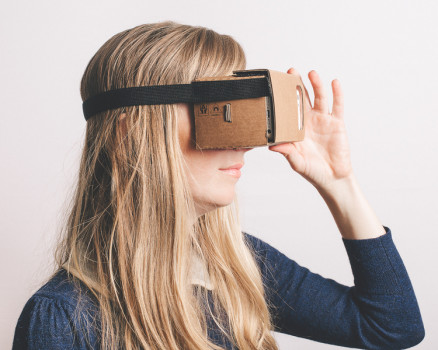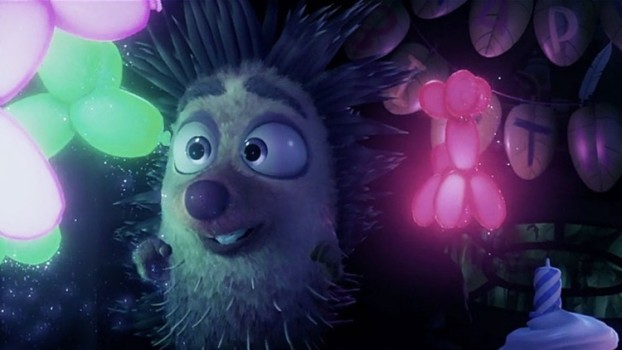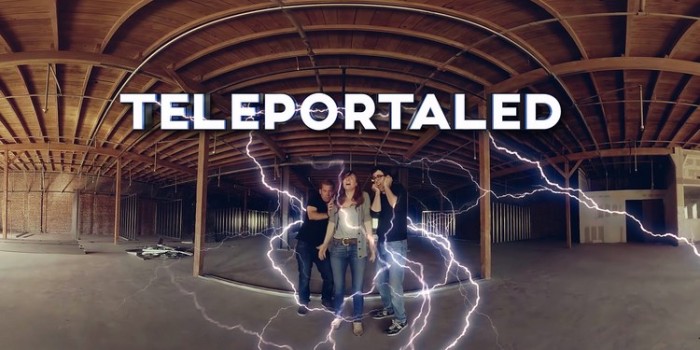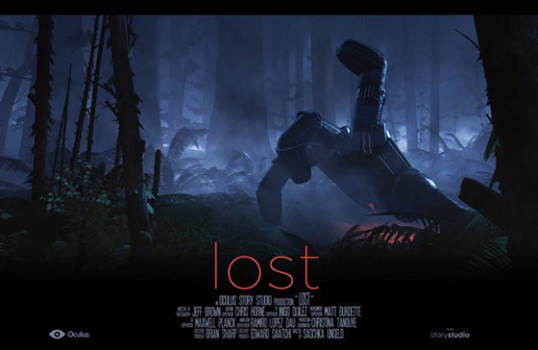For the first time since the creation of motion pictures, a new medium of storytelling is being built: virtual reality. As with any new medium of art, the rules are being established, language being developed and devices being explored. As it stands currently within the realm of virtual reality, anything goes. Well, almost anything.
Because of the newness of the medium, nobody currently has all of the answers, which creates a very exciting time to experiment and discover. Industry experts are very open and willing to share information on their experiences of creating stories for virtual reality, thus creating an accessible atmosphere of content creation dialogue.
Here are some nuts and bolts to consider when building your virtual storyline:
Consider your viewer
For most audience members at this point in time, virtual reality will be a new experience. It’s contrary to our nature to put something on our head which blocks our ability to hear and see what’s happening around us. Our survival instincts are not attuned to this.
For some, head gear may be pretty jarring. When considering this, the delivery of your VR content can make or break a person’s experience of virtual reality. If you’re trying to scare them, you’re already at an advantage. If you’re not – building in a little bit of ‘breathing time’ may serve your storyline well.
Oculus Story Studio recommends giving your viewer about thirty seconds to acclimate to the VR setting. By allowing breathing time, you’re giving them an opportunity to ease into the environment, observe their surroundings and learn how to conduct themselves within this new arena.

Choosing plot
It’s important to choose the content of your virtual reality story wisely. With so many mediums to choose as the platform to your story – novels, films, tv series, children’s books, podcasts, documentaries – it’s a great question to ask yourself, “which medium would best serve this story?” Not every story needs to be told on film and most stories don’t do well over podcast. It takes a very particular narrative to function effectively in virtual reality.
When my team and I get together to develop VR stories, the first question we ask is, “What kind of virtual reality experiences do we desire to have?”
Oftentimes these answers guide us to stories of fantasy, science fiction, history, mystery and immersive emotional or empathetic themes.
Having a story in which two people sit across from a table and talk is probably not the best narrative piece to set in virtual reality, but a story where the viewer is in a rover on Mars and discovers a form of alien that speaks English probably is.
By starting your brainstorming process through narrowing the scope of what story is best in virtual reality, you will hopefully be naturally lead to develop more interactive and dynamic plots.
Presence
Your viewer is making the transition from passive audience member – as is common with theater and film – to active audience member. This means they don’t know the rules or the guidelines for being an audience member in virtual reality! In traditional theater, we are taught to sit still, be quiet and look forward.
In an immersive theatrical experience — like Punchdrunk’s Sleep No More — audience members are taught not to talk to or touch the actors, but that it’s okay to touch scenery and you are encouraged to chase actors from room to room. In virtual reality, we don’t know the rules, methods of conduct or acceptable forms of behavior. Again – anything goes!
Therefore, it’s our job as storytellers to dictate the rules. Oculus Story Studio’s Henry does a great job of this. We quickly learn we are allowed to look all around, sit down, reach out and get as close to Henry as we like. These behaviors are learned and Story Studio gives us the room and the allowance to discover that.
Audience participation within virtual reality is an idea recently referred to as ‘presence’. Because our audiences are no longer passive, they are inherently a part of the scene.
At an incredibly emotional moment within Henry, he looks directly at you with sad eyes, acknowledging your presence within the scene.
PAVR’s Teleportaled deals with this in a unique way by acknowledging the viewer as an object, the device that ‘teleportales’ the characters from place to place.
Presence is an important thing to consider when formulating your plot. If you have too intimate of a scene without acknowledging the viewer, it’s likely audience members will feel uncomfortable,  as though they’re intruding.
Conversely, if your viewer feels like an outsider to the narration taking place, it can become easy for them to become disengaged and disinterested. It’s all in the balance and acknowledging viewer presence is one step closer to striking that balance.

Using theater as a tool
When building your world, utilizing the same methods a director uses within a theatrical production can be extremely helpful. A theater director is always considering ‘the world of the play,’ how to direct audience attention and analyzing specifics of environment tied to the story.
So consider asking yourself these types of questions: What kind of environment or setting would best lend itself to the mood or type of story you’re trying to tell? How do your characters interact with that environment? Where do they enter and exit from? What lighting would best aid you in creating the feel of the world you’re developing? What types of sound effects – wind blowing or rustling leaves – would cause your audience to be viscerally involved?
Virtual reality is naturally immersive and in that way has more in common with theater than it does with traditional film.

Guiding viewer attention
No one quite has the answer to this question yet: how do you properly dictate viewer attention so that your audience doesn’t miss key elements to your plot? At any given moment, your viewer could be looking at the clouds, missing the intimate scene between Romeo & Juliet when they decide to marry.
That’s a huge part of the story and your audience member likely won’t be able to catch up on plot, unless they’re already familiar with the story. Oops!
Oculus Story Studio’s Lost experimented with this by providing the viewer with a firefly guide, which appeared on a specific part of the screen to draw attention prior to the action occurring.
There are other devices to direct attention: lighting cues, sound cues, the focal point of a character onscreen or even verbal and action cues. If you have a creative solution to this problem, please feel free to post below!

Experimentation
Not all stories in virtual reality are going to follow traditional narrative or storytelling structures. Some stories with be completely void of dialogue, like Henry, while others will rely heavily on story through environment such as VRSE’s Clouds Over Sidra. Experimenting is a vital part to pushing the VR medium forward.
However, any good story is anchored. For an audience member to be fully engaged, some storytelling devices are essential such as character,  action, beats a character can’t go back from and in some cases a beginning, middle and end. Moving forward, we will see a whole variety of storytelling structures, but eventually we’ll witness a divide between performance art and narrative stories pieces.
We’re seeing virtual reality in more and more storytelling mediums: Chris Milk of VRSE partnering with United Nations to create immersive VR documentary stories; New York Times just sent out Google Cardboard to all their subscribers so that they can begin to provide journalistic VR stories to their readers; Sundance recently announced a partnership with Jaunt to support an Artist VR Residency.
All around us, virtual reality is gearing up to be ‘the next best thing.’ Let’s just hope that the stories we choose to tell continue in the vein of deep empathy,  true mystery and the vast exploration of this new style of human experience.
(This article reprinted with permission from Storytelling in Virtual Reality: A Starter’s Guide by Janessa Nichole White of VR Dribble.)
- Storytelling in virtual reality: a starter’s guide - November 7, 2015
